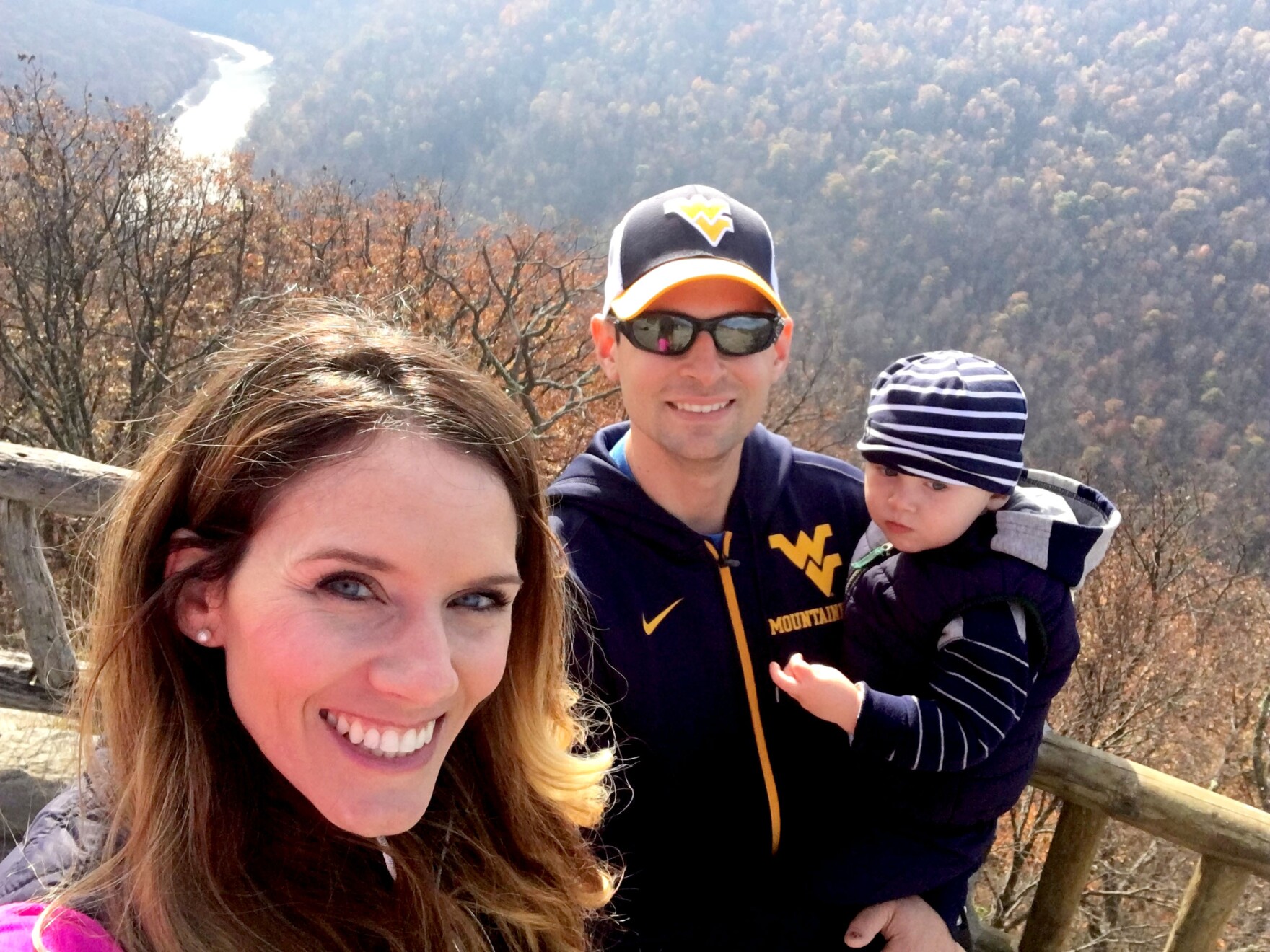Childcare costs are high no matter where you are in the country. But in West Virginia, it’s even worse – according to a 2016 report by the think tank New America and Care.com, parents in the Mountain State shoulder the highest cost burden, spending about 45 percent of the state’s median household income on childcare.
“Caring for children has a lot of fixed costs,” said Sara Anderson, an associate professor at West Virginia University who studies pre-kindergarten and childcare. “Because our average wages are lower, it’s just going to be a higher portion of our income.”
Childcare costs are so expensive largely due to the labor required to run a day care facility. Younger children, especially infants, are required to have a lower caregiver-to-child ratio, meaning that they require more caregivers than older children.
Because they’re so expensive to maintain, the childcare industry also doesn’t fit into the typical supply-and-demand market. The demand is high, but parents – especially young parents who haven’t reached their full earning potential yet – can’t afford to pay the true costs of enrolling a child in daycare, instead opting to have a relative or neighbor babysit for cheaper prices instead. Daycare employees are among the lowest paid, because they can’t charge more than what the parents can afford to pay.
Morgantown Early Learning Facility, a nonprofit childcare center in Morgantown, subsidizes its revenue with earnings from monthly fundraisers.
“We do (candy sales), we do a book sale, we try to do something every month to help us get additional funding,” said Karen Ferrell, the business manager at ELF.
But even if costs were lower, the options are few and far between in the state – especially for rural areas. In an email, Janie Cole, director of early child care at the West Virginia Department of Health and Human Resources, Bureau for Children and Families, said public funding in the state simply isn’t enough to support public day care.
“West Virginia does not have enough high quality child care to meet the demand. There are rural areas in our state that have no formal childcare options,” she wrote. “Parents often have to drive out of their normal commute path to locate child care, which adds to the impact on the family budget. This also means that some families can’t find child care at all when it is needed.”
The Haeders in Morgantown are one of those families. When Professor Simon Haeder officially accepted a job at WVU in Morgantown over a year ago, he and his wife Hollyanne Haeder immediately put their now two-year-old son on the waitlist for the childcare center provided by WVU. He was 45th on that list. Six months later, when it was almost time to move to Morgantown, their son was nowhere close to being able to enroll at the center.
“We called about the waitlist and they’re like, ‘There’s still 30-something kids ahead of him.’ And we said, ‘We have to find something. What are we going to do?'” Simon said. “We got on the website, we looked for every childcare they had in town. We called every single one.”
But few other centers in the area had room for their son. So now, Simon and Hollyanne drive 80 to 120 miles a day taking their son to daycare across the border in Pennsylvania. It adds up to about $100 a week on gas, and a lot of time away from work and family.
And that can have a negative impact on the happiness of a family. In a poll from NPR, the Robert Wood Johnson Foundation and the Harvard T.H. Chan School of Public Health, parents said that having access to affordable quality childcare benefited not only their child’s development, but their own wellbeing.
“The idea that it improves their overall well-being, that it improves their relationships with their spouse and partner, those are things that are added benefits that we need to think about from the perspective of enhancing childcare,” said Gillian SteelFisher, the deputy director of the Harvard Opinion Research Program at the School of Public Health and the director of this poll.
Historically, there hasn’t been a large push for public childcare in the United States since World War II, when women took their husbands’ places in the workforce after their husbands left to fight. So today, parents have to make do. When Simon and Hollyanne checked last month, their son still had 28 kids ahead of him on the WVU daycare waitlist.
Now, the two have advice for others who are considering becoming parents – if you’re even thinking about having a child, it might be time to put him or her on a childcare center waitlist.























